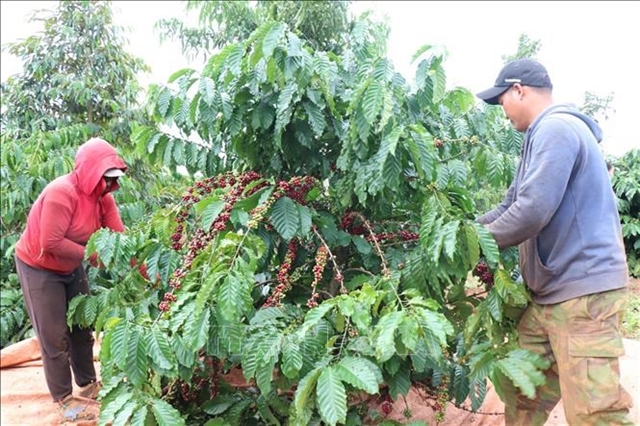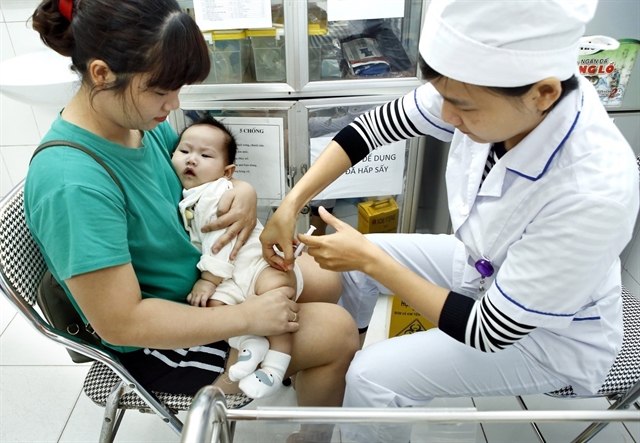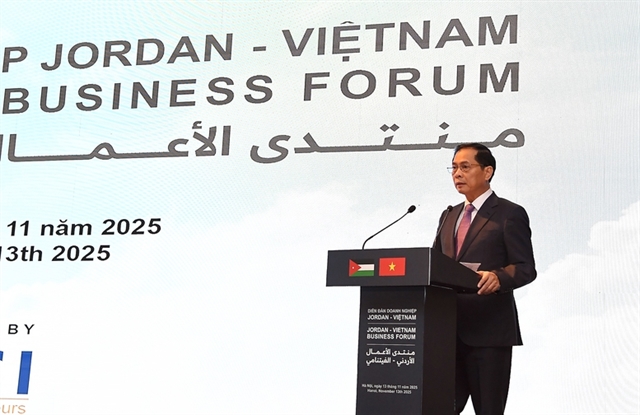 Society
Society

 |
| A child in Hai Bà Trưng District, Hà Nội, receives an IPV shot as part of the Expanded Immunisation Programme. — VNA/VNS Photo |
HÀ NỘI — The National Institute of Hygiene and Epidemiology (NIHE) under the Ministry of Health has urged localities to step up polio vaccinations to prevent viral diseases in children born in 2021 and 2022.
According to the institute, many localities had to pause standard vaccination programmes to focus on COVID-19 vaccination in this period, resulting in the lowest coverage rates of several vaccines in 20 years.
Both required vaccinations for polio (the oral bPOV and the injection IPV) in 2021 reached 69 per cent and 80 per cent, respectively. The rates in 2022 were improving for a bit, hitting 70 per cent and 89 per cent, respectively.
As vaccinations declined across the world due to COVID-19 impacts, there have been reports of cases of polio spreading from countries where the disease is still circulating to countries where polio was confirmed to have been eliminated.
In a meeting held in November last year, the polio elimination committee of the WHO Western Pacific Region reclassified Việt Nam from the group of low-risk countries to the group of high-risk countries for wild poliovirus importation or the occurrence of polio cases caused by mutated strains.
WHO Việt Nam and UNICEF late February urged Việt Nam Expanded Immunisation Programme to boost polio vaccination efforts, especially for unvaccinated or partially vaccinated children in 2021 and 2022, to build a strong immune system for them against wild poliovirus infections.
Previously, NIHE has urged localities to review the estimated amount of polio vaccines needed and carry out vaccination as scheduled, adding that there are currently enough doses for all cities and provinces across the country.
The polio vaccination campaign to ensure enough doses for children will be conducted in this second quarter, with vaccines coming from GAVI – an international organisation which helps with immunisation for developing countries.
Medical supplies including safeboxes and needles have been distributed to localities, NIHE noted. — VNS




